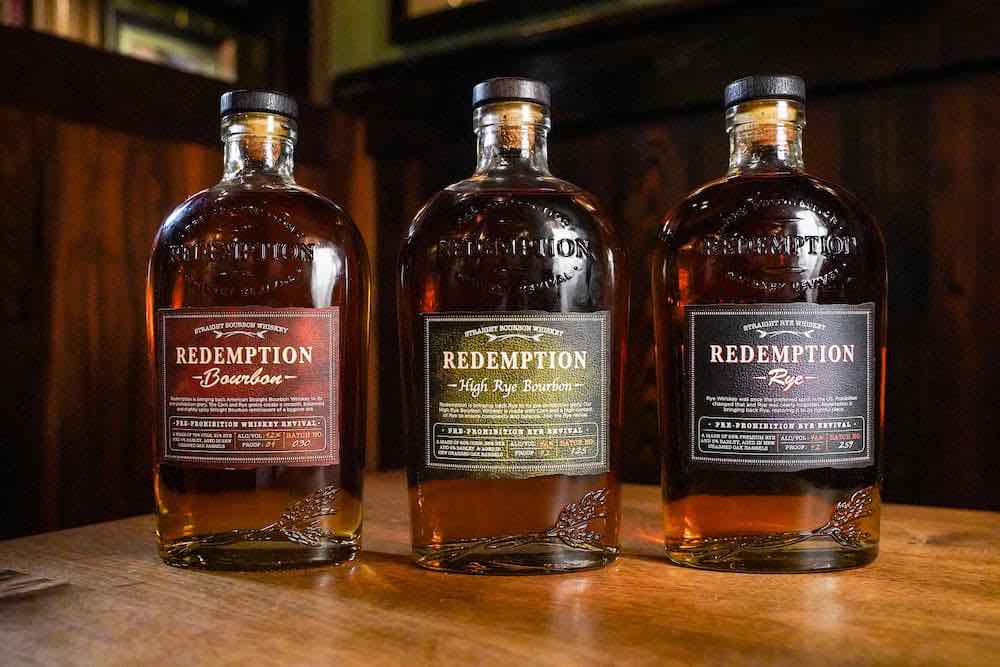Until very recently, being familiar with the phrase “high rye” was enough to mark you as a whiskey nerd. But that seemed to change this past November, when Johnnie Walker—one of the best-known names in whisk(e)y—announced the release of Johnnie Walker High Rye, a new blended scotch possessed of a whopping 60% rye content.
Johnnie Walker’s advance notwithstanding, the way most consumers have experienced a “high-rye” whiskey (that’s not a rye whiskey) has been through bourbon. While American law dictates that bourbon must be made from at least 51% corn, that remaining 49% can be constituted from whatever grains the maker desires.
Rye, which dominated American whiskey in the days before prohibition, has often figured in the bourbon mash bill. But some brands have made elevating its place to high-rye status a key part of their identity, including Redemption Whiskey, which in addition to 95% rye, produces two high-rye bourbons.
“High-rye bourbon is a specific focus for Redemption because the sweeter corn flavor of bourbon offers the perfect backdrop to highlight the peppery, spicy, and bold notes of rye, creating more character and more flavors in your glass,” says Redemption Whiskey Master Blender Dave Carpenter.

Carpenter says that there is no legal definition for what constitutes a high-rye bourbon but says that the industry standard is considered to be at least a 20% share of rye in the mash bill. Redemption’s flagship bourbon meets this metric with a composition of 21% rye, but Redemption High Rye Bourbon stands out as one of the highest high-ryes on the market, with a whopping 36% share.
“When we say ‘high rye,’ we mean it,” Carpenter says.
If you’re putting that much rye into your bourbon it begs the question: why make it a bourbon at all? According to Carpenter, it’s all about creating a contrast within the majority-corn whiskey.
“The extra rye adds a complex combination of bold, spicy flavors, which simultaneously complement and contrast the sweet corn profile of standard bourbons and helps to deliver a warming bass note to the spirit.”

It’s also proved useful in creating barrel-finished bourbons, such as Redemption’s recently released Cognac Cask Finish, which was made by finishing Redemption High Rye Bourbon in Cognac casks from Pierre Ferrand.
“Additionally, that extra personality in high rye helps to create a bigger and more resilient whiskey, one that can stand up to additional finishing and aging,” Carpenter says.
Are we approaching a high-rye renaissance? In Carpenter’s words, “yes.”
“High-rye spirits are gaining favor because of their deep, bold, and complex flavors that can stand up on their own or in the best of cocktails,” he says. “In contrast with white spirits or traditional bourbons, high-rye spirits offer a more unique and dynamic drinking experience.”



